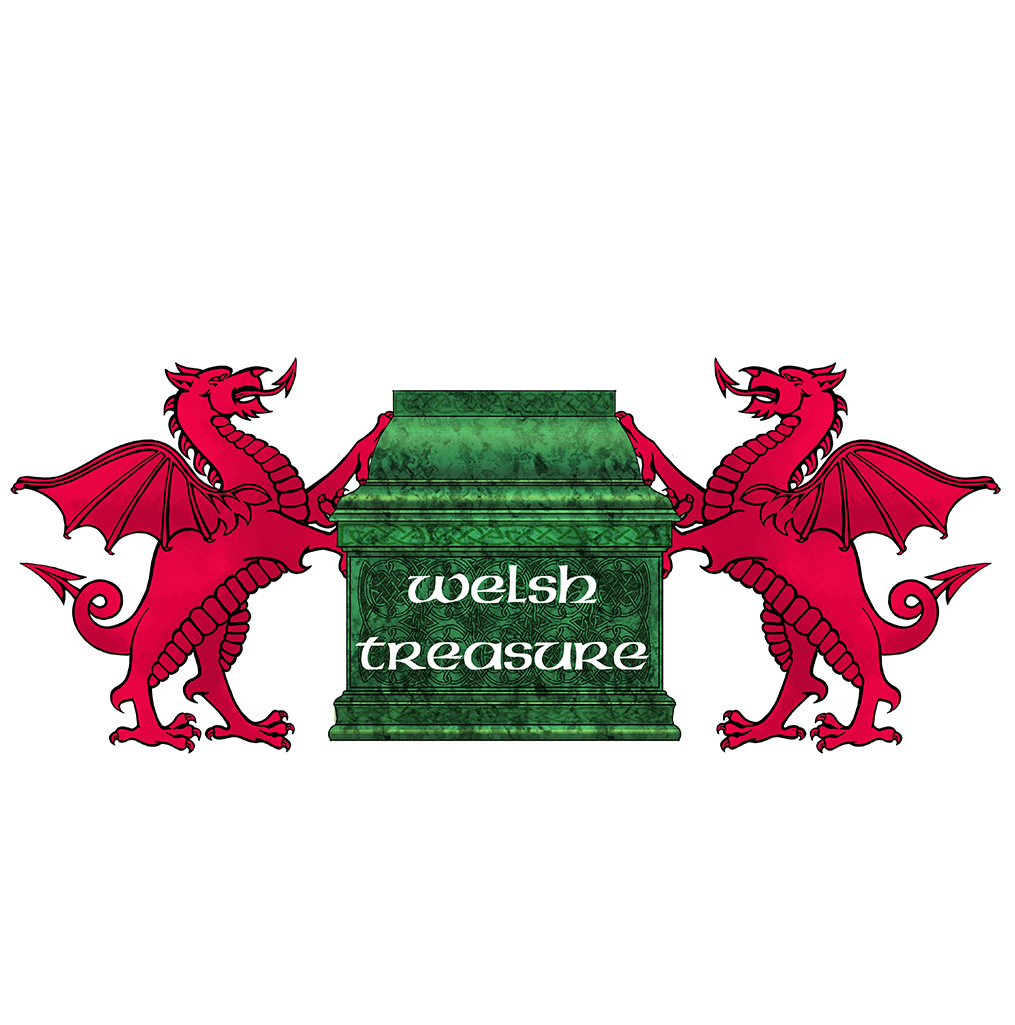January 03, 2021
We’ve all heard stories about King Arthur of Camelot, who according to medieval legend led British forces (including his trusted Knights of the Round Table) in battle against Saxon invaders in the early sixth century. But was King Arthur actually a real person, or simply a hero of Celtic mythology? Though debate has gone on for centuries, historians have been unable to confirm that Arthur really existed. He doesn’t appear in the only surviving contemporary source about the Saxon invasion, in which the Celtic monk Gildas wrote of a real-life battle at Mons Badonicus (Badon Hills) around 500 A.D. Several hundred years later, Arthur appears for the first time in the writings of a Welsh historian named Nennius, who gave a list of 12 battles the warrior king supposedly fought. All drawn from Welsh poetry, the battles took place in so many different times and places that it would have been impossible for one man to have participated in all of them.
Later Welsh writers drew on Nennius’ work, and Arthur’s fame spread beyond Wales and the Celtic world, particularly after the Norman conquest of 1066 connected England to northern France. In the popular 12th-century book “History of the Kings of Britain,” Geoffrey of Monmouth wrote the first life story of Arthur, describing his magic sword Caliburn (later known as Excalibur), his trusted knight Lancelot, Queen Guinevere and the wizard Merlin. An irresistible blend of myth and fact, the book was supposedly based on a lost Celtic manuscript that only Geoffrey was able to examine.
The second key source of information about Arthur is archeology. Archaeological evidence for contact between Wales, Cornwall and the Saxon World takes many forms – from metalwork manufactured in an Anglo-Saxon style discovered in south-east Wales, to the distribution of early medieval pottery imported from the Continent and the shores of the Mediterranean.
Excavations at Dinas Powys, a princely hillfort near Cardiff occupied between the 5th and 7th-centuries, has informed us about the nature of a high status site in south Wales at this time. This site is contemporary with others like South Cadbury in Somerset and Tintagel in Cornwall (both with their own Arthurian traditions).
A large number of sites in Wales have Arthurian associations, though few have proven medieval origin. In the 12th century, Caerleon was thought by Geoffrey of Monmouth to be the location of Arthur’s court, while the hillfort of Dinas Emrys in north Wales is associated with Ambrosius, Vortigern and Merlin.
Some half dozen Welsh Stone Age megaliths are called ‘Arthur’s Stone’, and his name has also been given to an Iron Age hillfort on the Clwydian Range, Moel Arthur, near Denbigh. According to one tradition, King Arthur and his knights lie sleeping in a cave below Craig y Ddinas, Pontneddfechan, in south Wales.
February 23, 2025
Every year on March 1st, Wales comes alive with celebrations in honor of St David (Dewi Sant)—the nation’s beloved patron saint. But who was this remarkable figure, and why is he so important to Welsh history?
February 05, 2025
Did you know that just like birthstones, each month has its own special birth flower? These beautiful blooms hold unique meanings, making them a thoughtful and personal gift for birthdays!
February 04, 2025
Finding the perfect birthstone jewellery can be simple and enjoyable with our help
